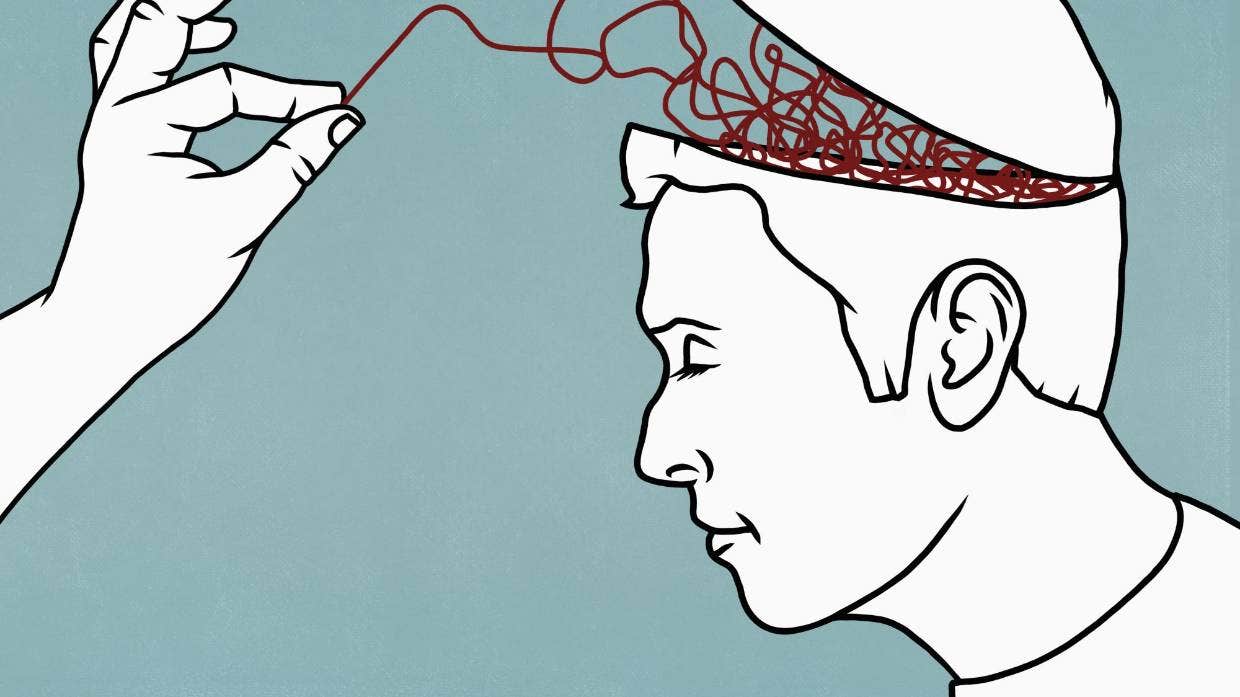Tech News
Why creativity is important for wellbeing at work

If you ever feel a brain block, wonder why creative ideas don’t flow, or wonder why your team members aren’t able to come up with new ideas or problem solve, there are a few things we may need to be mindful of, in our personal life and at work.
Are we creating space for thinking and does your team or organisational culture enable creativity or stifle it?
Before we delve into ideas on how to harness creativity, we need to acknowledge that some of us may have a greater natural ability to come up with creative ideas and thought due to our upbringing, personality, and life skills.
However, personality traits aside, creative space, thought and time can be good for all of us.
In many organisations, common feedback is that there is simply not enough time to “truly think”, problem solve, digest ideas, and come up with real new ideas or solutions. One point I hear often is that people feel stifled, disengaged, and unable to show and share their creativity at work.
Most commonly this is reported due to time constraints.
Now, admittedly, I work mostly with people, teams and organisations who aren’t doing so well in these spaces, so if you work for a flourishing organisation that protects people’s wellbeing, psychological space, and creates time for thought, ideas, and creativity, then stay the course for “space not just pace”.
By space, I mean enabling flexibility for thought, creativity and ownership over the creative process and their outputs.
Wellbeing, engagement and motivational research shows top drivers for engagement at work include ensuring people have meaning and purpose in their work, they have an opportunity to demonstrate mastery, contribute, and are able to exhibit some autonomy over a task to flex their skills.
A big factor for engagement in the workplace also comes down to the leaders who support us, and who know how to protect important human drivers and create space.
This is where I want to encourage your thoughts and actions towards a place of creating space for creativity, wellbeing and for connection.
Make time to create
To encourage creative thought, allow time for this in the workplace or at home. Balance your agenda of task lists and projects, with time to reflect, think, discuss and share ideas.
Collective think tanks or, as economist and American author Dan Pink refers to them, “get out of the way days” have been shown to bring great ideas, connectedness and problem solving.
Make time to connect
Ideas are often generated from one idea that leads to the next then another.
Connecting with one another is not only a great psychological buffer for wellbeing, according to the New Economics Foundation’s Foresight Project on Mental Capital and Wellbeing, but it can harness new ways of thinking as we listen and learn from others.
Go green
How are you creating space for thought, thinking and creativity? Research suggests getting out in nature can improve our wellbeing and enhance creative thought (Robbins, 2020 Yale School of Environment).
Take a walking team meeting through a local park, or personally prioritise time to get outside, leaving your task list behind to free your mind.
It’s good to fail
Creative processes often require a culture and acceptance of an increase in mistakes or errors. According to Goleman and Kaufman (1992), creative people may make more mistakes. So, create a team culture that opens up discussions regarding mistakes, accepts these as part of the process, and acknowledges that through mistakes we learn, create and discover a new way.
A culture of trust and respect, where people feel safe and able to share ideas, is also important to foster creativity and confidence. Fear of making a mistake can stifle creativity.
Playful teams win
Some research reports that teams working on a problem who laugh and play more, are more productive in their solutions, ideas, and creativity. As John Cleese, the comedian and author of Creativity: A short and cheerful guide, said, “If you want creative workers, give them enough time to play.”
Emotional wellness has been linked to a number of factors, including fostering flexible thinking, learning how to harness positive emotions, work engagement, and problem-focused coping to name a few (Seligman, 2011).
Funnily enough, many of these can be explored and developed when we create space for these things to take place.
So open up your diaries and schedule a little more creative time for yourself and your teams, and ask yourself what is it you truly want, peace or pace?

